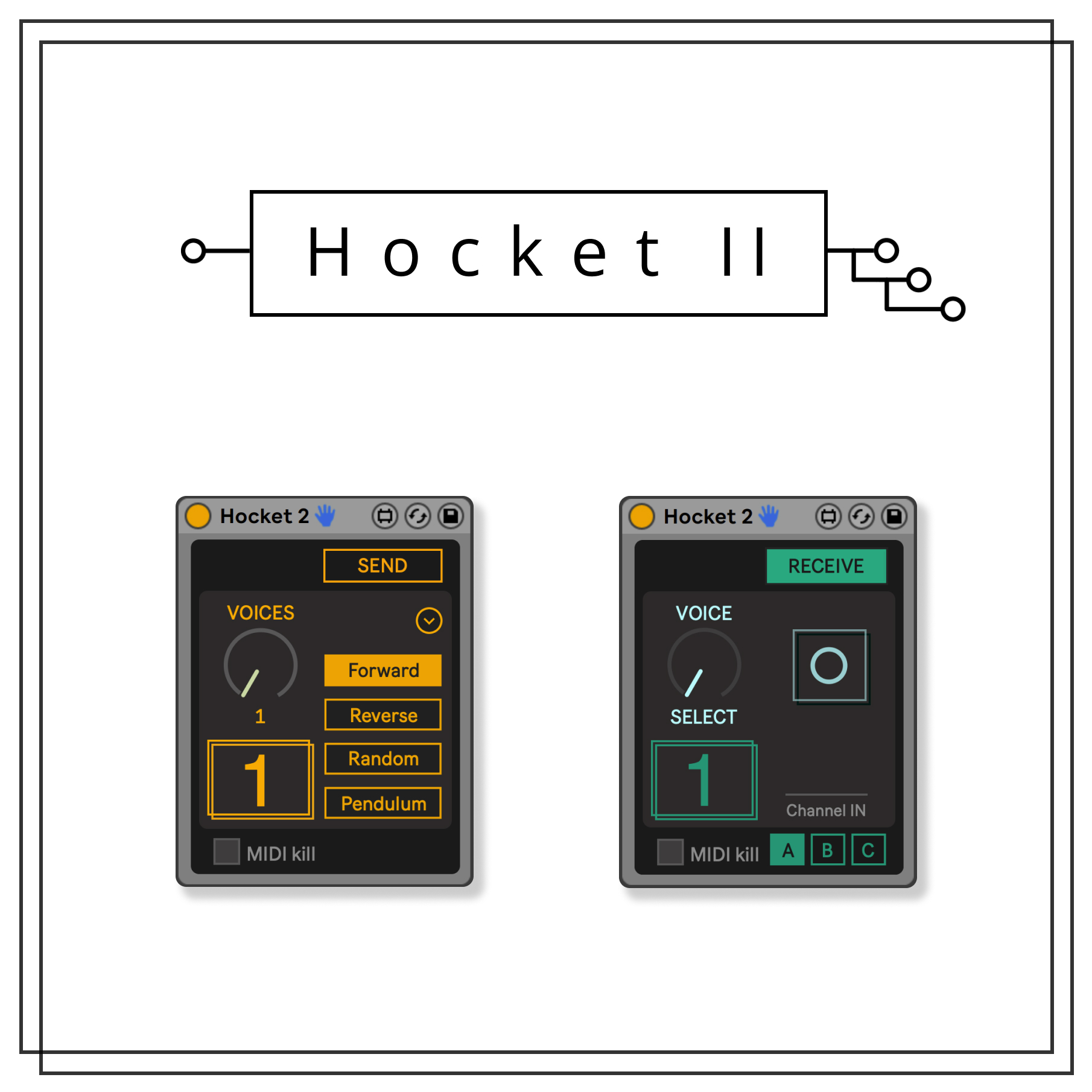Wang SI23: Difference between revisions
Wang ziheng (talk | contribs) mNo edit summary |
Wang ziheng (talk | contribs) mNo edit summary |
||
| Line 10: | Line 10: | ||
The tools I've been using: | The tools I've been using: | ||
<br> | <br> | ||
<img src="https://maxforlive.com/images/screenshots/?ss=Screen%20Shot%202021-04-20%20at%2023.36.53.png&id=6560" width="720px" height="190px" alt="Description"><img src="https://maxforlive.com/images/screenshots/?ss=Hocket%202.jpg&id=7934" width="220px"> | <img src="https://maxforlive.com/images/screenshots/?ss=Screen%20Shot%202021-04-20%20at%2023.36.53.png&id=6560" width="720px" height="190px" alt="Description"> <img src="https://maxforlive.com/images/screenshots/?ss=Hocket%202.jpg&id=7934" width="220px"> | ||
During the visit to "Sonic Acts" in Amsterdam, I attended the listening party of Zone2source event, featuring an 8-output stereo sound setup. This experience provided valuable information: 1) Quality noise doesn't necessitate exceeding volume limits, and 2) I hadn't considered presenting sound in parallel. Each speaker played a different audio in distinct positions of the space, a departure from my usual approach of using one audio across multiple speakers. This new perspective is definitely inspiring and worth exploring further.It also reminds me of the reference that Michael provided during SI22 (https://issue.xpub.nl/18/04/), suggesting another effective method to experiment with parallel samples through interaction with users. | During the visit to "Sonic Acts" in Amsterdam, I attended the listening party of Zone2source event, featuring an 8-output stereo sound setup. This experience provided valuable information: 1) Quality noise doesn't necessitate exceeding volume limits, and 2) I hadn't considered presenting sound in parallel. Each speaker played a different audio in distinct positions of the space, a departure from my usual approach of using one audio across multiple speakers. This new perspective is definitely inspiring and worth exploring further.It also reminds me of the reference that Michael provided during SI22 (https://issue.xpub.nl/18/04/), suggesting another effective method to experiment with parallel samples through interaction with users. | ||
Revision as of 15:47, 18 February 2024
I’ve been using the Surround Panner to create a surround stereo sound experience with 4 speakers through a 4-output audio interface. The ARP sound runs through the speakers in a circular pattern. The main tools for this are the "surround panner" Max for Live plugin and "Hocket." While still in the experimental phase, I am working to ensure its seamless functionality.
The tools I've been using:


During the visit to "Sonic Acts" in Amsterdam, I attended the listening party of Zone2source event, featuring an 8-output stereo sound setup. This experience provided valuable information: 1) Quality noise doesn't necessitate exceeding volume limits, and 2) I hadn't considered presenting sound in parallel. Each speaker played a different audio in distinct positions of the space, a departure from my usual approach of using one audio across multiple speakers. This new perspective is definitely inspiring and worth exploring further.It also reminds me of the reference that Michael provided during SI22 (https://issue.xpub.nl/18/04/), suggesting another effective method to experiment with parallel samples through interaction with users.

